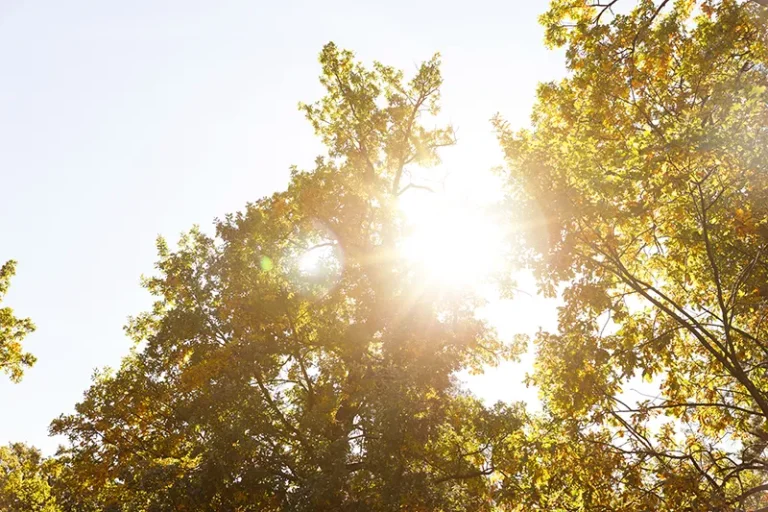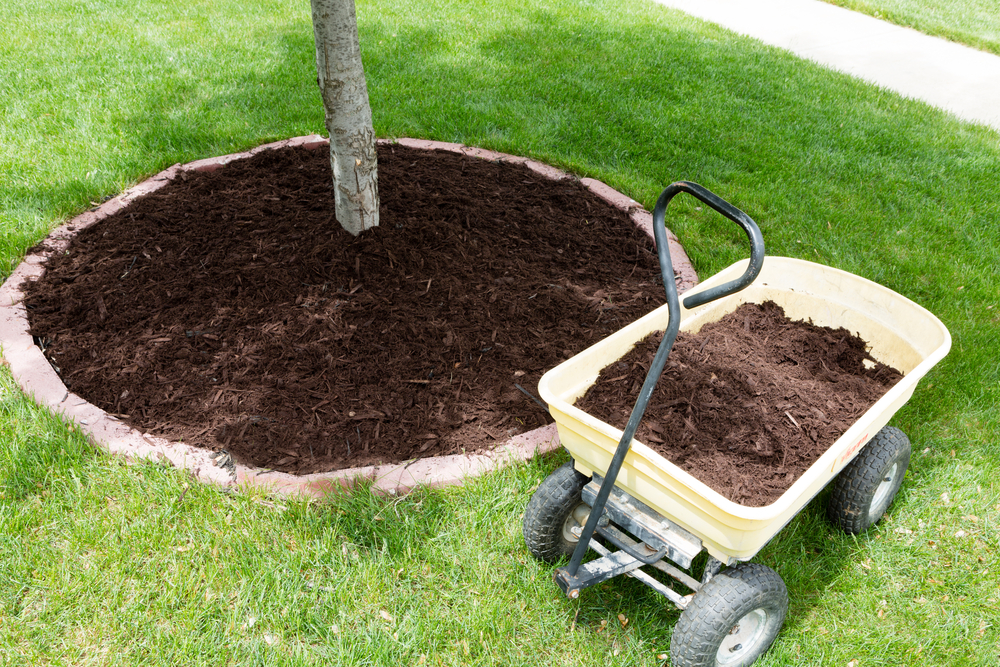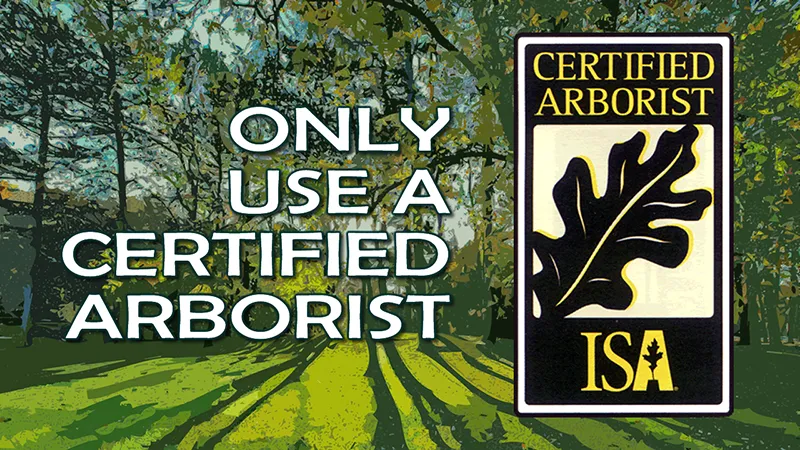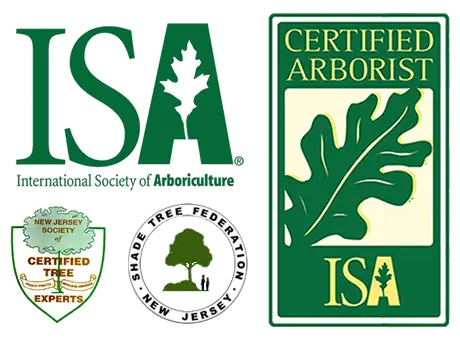Nature's Natural Heaters
Summer, with its sweltering temperatures, isn’t just a signal for us to break out the ice cream and sun hats. It’s also a time of notable stress for the green giants in our gardens – our trees. Trees, like humans, respond to heat in various ways, and understanding this reaction is critical for those who want to protect them.
Trees have stood the test of time, enduring many a hot summer, but our current environment is bringing new challenges to their doorstep. As temperatures continue to rise, so does the risk to our leafy companions.
Understanding Tree Physiology in the Summer
Trees are remarkable organisms that have their ways of coping with heat. Through a process called transpiration, trees release water vapor, which cools them down, much like how sweating functions in humans. But if the heat is persistent and water is scarce, trees can find themselves in a bit of a bind.
Moreover, during these times of intense heat, the rate of photosynthesis – the tree’s food-making process – can decrease. This means they’re not only trying to keep cool but also dealing with reduced energy production.
Tree Risk: The Threat of Drought
One of the most significant risks trees face during summer is drought. When water becomes sparse, trees can’t transpire efficiently, causing their internal temperatures to rise. If this continues, it can lead to cellular damage or even death.
Additionally, drought conditions can weaken a tree’s immune system. This makes them more susceptible to pests and diseases, which can be detrimental in the long run. Often, these weakened trees require the assistance of a tree service to ensure their health and the safety of the surroundings.
Shading and Sun Scalding

While trees provide shade for us, they too need protection from the sun. Young trees or those with thin bark can experience sun scalding – a condition where the bark gets sunburnt. This can lead to cracking and can be an entry point for pathogens.
Planting trees in groups or ensuring they have some shade during the hottest parts of the day can reduce this risk. It’s always a good idea to consult an arborist when considering the best locations and arrangements for planting.
Soil and Roots: The Foundation of Life

Heat doesn’t only affect the parts of the tree we see. Below the ground, tree roots can suffer from overheated soils. Roots require oxygen, and when the soil is too warm, oxygen levels can decrease, posing a risk to the tree’s health.
Mulching around the base of the tree can help in maintaining a cooler soil temperature. Not only does it provide a shield from the sun’s direct heat, but mulch also retains moisture, benefiting the tree during drier periods.
Pest Invasion: Summer’s Unwanted Guests

Heat can also bring about an increase in pest activity. Certain insects thrive in warmer conditions, and if they find a weakened tree, they can cause significant damage. From defoliation to compromising the tree’s health, pests can be a real nuisance.
Regular tree service checks are beneficial during the summer months. By catching and addressing any pest issues early, you can save your tree from further harm and even potential tree removal.
The Role of a Professional Arborist

If you’re unsure about the health of your trees or how to care for them during the hot months, seeking the expertise of a professional arborist is recommended. They can provide a thorough check, advise on tree risk, and offer solutions tailored to your tree’s specific needs.
From pruning techniques that maximize airflow and reduce disease spread, to nutrient applications that can bolster a tree’s health, an arborist is an invaluable resource during the heated summer months.
Tree Removal: A Last Resort
Sometimes, despite our best efforts, a tree might not survive the harshness of summer. In such cases, tree removal becomes a necessity, both for the health of the environment and for safety reasons. A dying or dead tree can pose risks, such as falling branches or becoming a haven for pests.
While it’s sad to say goodbye to a tree, it’s essential to trust professionals in ensuring the removal process is safe and efficient. This not only protects other plants and trees but also ensures the safety of homes and residents.
Together in the Heat
Summer brings with it a host of challenges for our trees. But with knowledge, care, and the occasional assistance from professionals, we can help mitigate the risks and ensure they remain strong and healthy. After all, our trees do so much for us, from providing shade to enhancing our environment. It’s only right we do our best for them in return.
Call Now To Schedule Service

